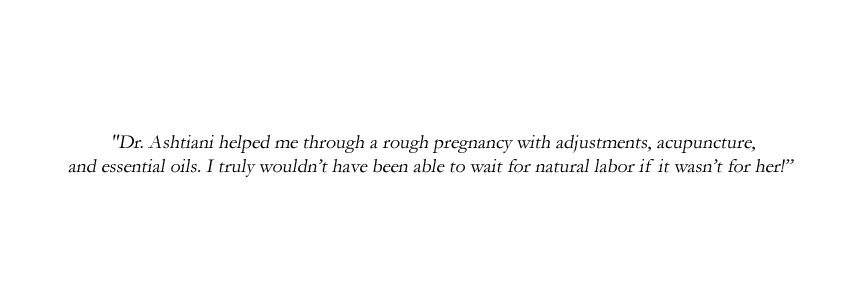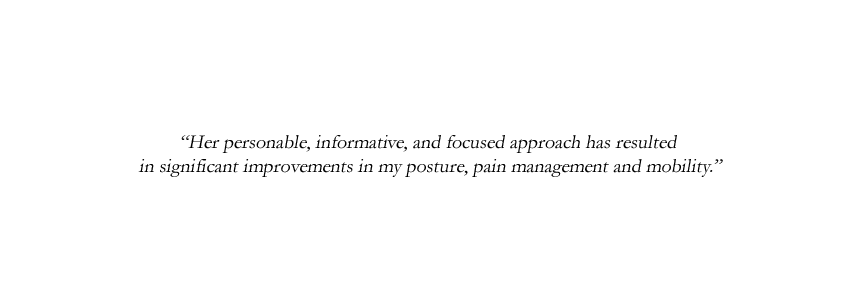Does my baby have an oral tie?
You may be asking yourself this question if your baby is having trouble latching on to breastfeed. There are many factors to consider when breastfeeding becomes an issue, oral ties being one of them. If you feel your baby may have a lip or tongue tie that is affecting their ability to latch on, listen to your motherly instinct and find a provider that can help you troubleshoot the issue.
The two common oral ties are:
Lip tie- when the tissue connecting the lip to gum line is too short and tight
Tongue tie- the tissue under the tongue is also tight and can cause issues with the tongues range of motion
Things to Look Out for:
Excessive gas and burping
Releasing their latch frequently during feeding
Pain while nursing
Hard time gaining weight
Excessive hiccups
Does not hold on to a pacifier
Baby chomps on the breast/nipple/bottle
Clicking while feeding
Milk drooling from side of mouth
Tongue doesn’t have wide range of motion
Who Can Help:
Lactation Consultant- Can help asses the issues and symptoms you are experiencing while providing helpful tips/support
Pediatric Dentist- Can release the tie through laser therapy
Chiropractor- We provide support before and after oral tie revisions to ensure better recovery, oral and cranial work to release tension regardless of revision
When you schedule your baby’s first visit with us one of the things we do during that initial exam is asses their oral structure, cranium and full spine. We can help you identify whether or not your baby has a tie and what you can do to support them. A lot of times doctors pressure parents into getting a laser procedure done without any therapy, we like to take a chiropractic approach and try to release tension in the mouth with routine adjustments and therapy. We prefer this gentle approach however, if a revision is deemed necessary we can connect you to some of our most trusted providers.




